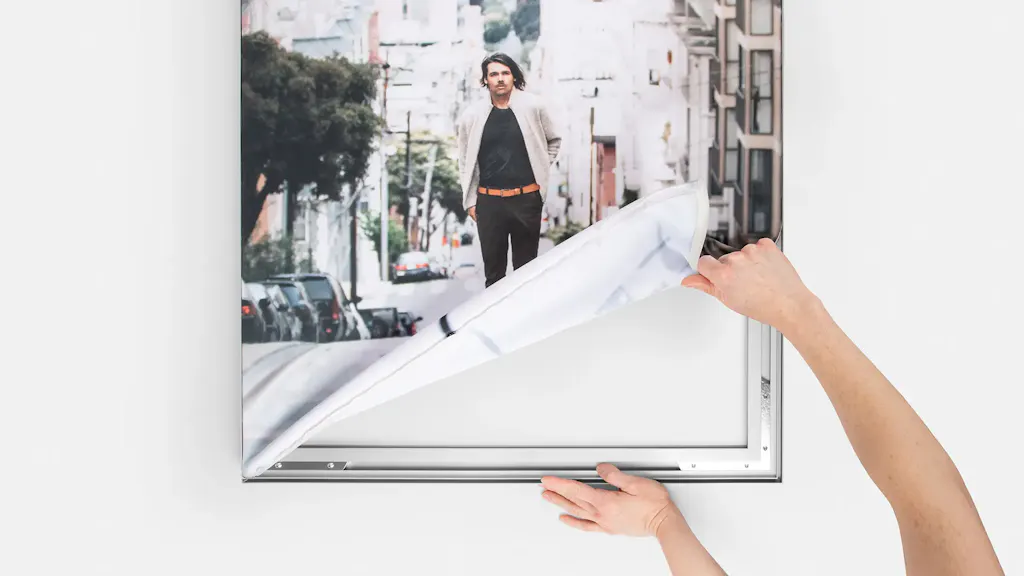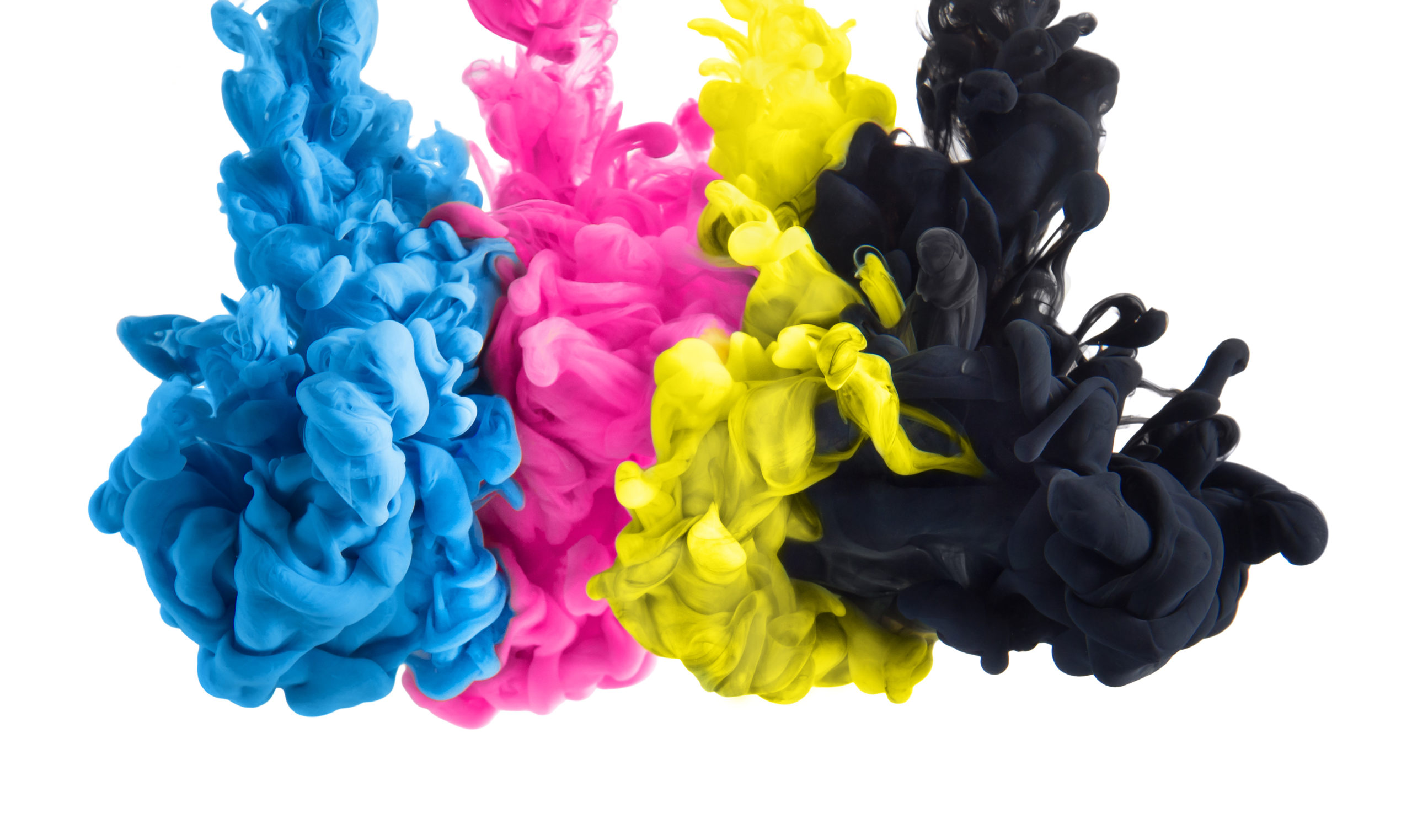Dye Sublimation Printing

Dye sublimation printing is a printing technique where specific inks react to heat and transform into a gas. This gas penetrates into polyester or polymer, resulting in a print where the ink is embedded into the substrate. Other printing techniques often result in much of the ink sitting on top of the substrate.
Compared to UV-curable ink or latex printing, dye sub is the most colorful and vivid way to print on fabric. For rigid substrates, it creates a depth of appearance, especially when it has a gloss finish. And since it’s embedded in the fibers and polymer coating, you can’t feel any ink.
Features
- Waterproof
- Scratch-proof
- Durable
- Can create photographic quality, depending on the printer
Dye Sublimation Application
Process
For an online printer like Smartpress or any other printer, this type of ink printing requires the use of a disperse dye sublimation ink, a fabric made of at least 70% polyester (ideally 100%) or a heat-resistant rigid substrate and transfer paper.
Typically it’s printed to specially-formulated transfer paper with a mirrored or wrong-reading image. Then heat, time and pressure are applied between the paper and the substrate, which creates a chemical reaction, turning the ink into a colored gas.
This gas penetrates the polyester fiber of the fabric or polymer of the rigid substrate to form a right-reading image.
Products
- Dye sublimation printing can be used with:
- Fabrics that are 70%-100% polyester
- Rigid substrates with a polymer coating designed for sublimation
- Common rigid materials are:
- Aluminum, coated with white gloss, white matte or white semi-gloss finishes
- Ceramics
- Phenolic and tempered hardboard (you can get these with a dye sublimatable coating)
- Typically any flat substrate that can handle 400°F for periods up to 90 seconds and have a suitable polymer coating
As part of our online printing services, we offer the dye sub ink process on:
- Tension Fabric Displays
- Silicone Edge Graphics (SEGs)
- Feather Flags
- Table Throws
- Projects via Custom Quote, such as:
- Fabric banners
- Fabric backdrops
- Aluminum metal prints
Tips & Tricks
Keep important text or logos away from the perimeter of the artwork.
- Try to keep a 1% margin on all four sides (so you have a 98% live area)
- Avoid white or reverse text with serif fonts smaller than 12pt.
- For fabric products, build in at least 1″ of bleed, if possible.
- For color, preview RGB images in CMYK for a better idea and expectation of how the final print will look.
- If choosing PANTONE colors when designing for fabrics or rigid substrates with a matte finish, choose swatches from the PANTONE Uncoated library or the PANTONE Uncoated Process library in your design application.
- If choosing PANTONE colors when designing for rigid substrates with a semi-gloss or gloss finish, choose colors from the PANTONE Coated or PANTONE Coated Process library in your design application.
- Turnaround times are generally longer, due to the involved imaging process.
